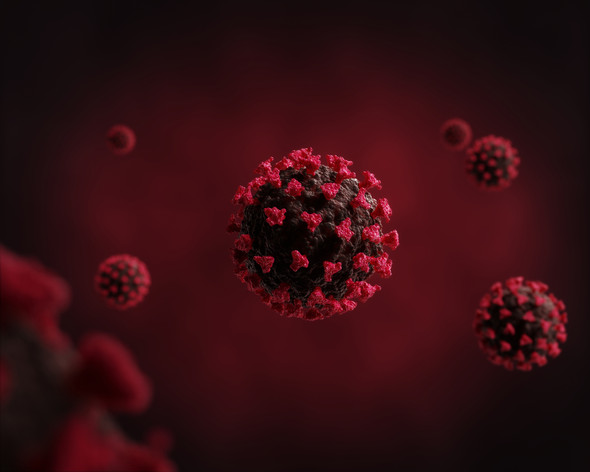Description
HUMAN CORONAVIRUS OC43 PURIFIED VIRAL LYSATE
Human coronavirus OC43 viral lysate produced from HCT-8 cells and purified using sucrose density gradient ultracentrifugation. Human coronavirus OC43 lysate is heat-inactivated and tested for absence of viral growth in validated tissue culture infectivity assays.
PRODUCT DETAILS – HUMAN CORONAVIRUS OC43 PURIFIED VIRAL LYSATE
-
- Human coronavirus OC43 viral lysate.
- Produced from HCT-8 cells and purified using sucrose density gradient ultracentrifugation.
- Heat-inactivated and tested for absence of viral growth in validated tissue culture infectivity assays.
- Applications include immunoassay development, Western blotting, dot blotting and other protein-based assays.
BACKGROUND
The coronaviruses are a family of related RNA viruses within the order Nidovirales. They contain a positive-sense, single-stranded, 26-32kb RNA genome protected by a nucleocapsid of helical symmetry. Their viral capsids are surrounded by a lipid envelope, which is interrupted by trimeric Spike proteins that project from the capsid surface. Human coronavirus OC43 (HCoV-OC43) is a betacoronavirus and is known to infect humans and cattle. HCoV-OC43 infects cells by binding the N-acetyl-9-O-acetlyneuraminic acid receptor (Neu5Ac) (Li, 2016).
HCoV-OC43 infection results in a mild cold. If infects its hosts by gaining entry into the respiratory epithelium, using its Haemagglutinin (HE) and Spike (S) glycoproteins. Like the other mild cold-causing human coronaviruses, HCoV-229E, HCoV-NL63 and HCoV-HKU1, HCoV-OC43 has a worldwide distribution, with seasonal surges occurring in the winter months (Wat et al., 2004). Like the other cold-causing coronaviruses, reinfection with HCoV-OC43 is common. The reason for this is not yet clearly defined but may be due to a weak antibody response (Raoult et al., 2020).
During coronavirus replication, numerous proteins are syntheses by the host cell, including Nucleoprotein, Spike, Envelope, Membrane, non-structural proteins and accessory proteins. Of particular importance in the development of serological diagnostics and vaccines are the Spike proteins, which are easily recognised by host antibodies given their exposure to the external environment. The Spike protein’s receptor binding domain (RBD) is also responsible for binding host cell-surface receptors to mediate cell entry, making it the target of neutralising antibodies. Nucleoprotein is also a popular target for countermeasures, given its high sequence conservation.
REFERENCES
-
-
- Li, F. (2016). Structure, Function, and Evolution of Coronavirus Spike Proteins. Annual Review of Virology. Vol. 3:237-261.
- Raoult, D. et al. (2020). Coronavirus infections: Epidemiological, clinical and immunological features and hypotheses. Cell Stress.
- Wat, D. et al. (2004). The Common Cold: A Review of the Literature. European Journal of Internal Medicine. 15(2): 79-88.
-














